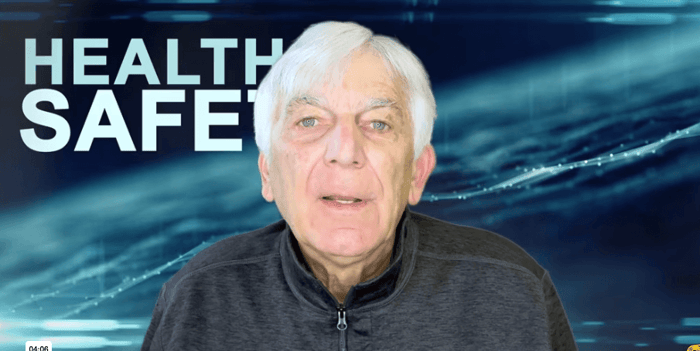No Products in the Cart

OSHA Recordkeeping often tops the list for being the least interesting topic in workplace safety discussions. But why is it so crucial, and how can organizations manage it effectively? Today, we dive into the intricacies of OSHA Recordkeeping, exploring its importance and the necessary steps for compliance. View our 5s Floor marking guide to help with OSHA standards
OSHA Coverage and Requirements
Who Needs to Comply with OSHA Recordkeeping?
Most private sector employers, and state and local government agencies are required under Code 29 of Federal Regulation Part 1904 to maintain records on OSHA Forms 300, 300A, and 301. In addition, these entities must report work-related fatalities within 8 hours, and hospitalizations, amputations, or loss of an eye within 24 hours. California OSHA and other State-Plan States might have even more stringent reporting requirements.
The Importance of OSHA Forms
Navigating the OSHA Forms: 300, 300A, and 301
These forms are not just bureaucratic paperwork; they play a crucial role in analyzing safety trends and developing preventive measures.
The Role of Accurate Record-Keeping
Why Accurate OSHA Record-Keeping is Essential
Accurate record-keeping is a priority for OSHA and should be for every organization. It's crucial for identifying workplace hazards and implementing corrective actions. Misinterpretation or errors in tracking can lead to significant workplace safety issues.
Enhancing Safety with Mighty Line Products
Boost Workplace Safety with Mighty Line Floor Striping
Mighty Line's floor striping products, known as “The Only Durable Stripe,” are instrumental in enhancing safety and visibility in workplaces. Their adhesive die-cut floor signs complement the floor striping, further promoting a safe work environment. Visit MightyLineTape.com to learn more about their impact and benefits.
Conclusion:
OSHA Recordkeeping, while often viewed as tedious, is a vital component of workplace safety. Accurate record-keeping helps identify risks and prevent future incidents. Enhancing safety can be further achieved with products like Mighty Line's floor striping. Remember, safety in the workplace is paramount. Thank you for learning about OSHA Recordkeeping on this Mighty Line Monday Minute. Have a safe day!
- Dave Tabar
What Does OSHA Stand For? Podcast by Warehouse Safety Tips and Wes Wyatt
OSHA stands for the Occupational Safety and Health Administration. It is an agency of the United States Department of Labor. OSHA's mission is to ensure safe and healthful working conditions for workers by setting and enforcing standards and by providing training, outreach, education, and assistance. The agency was created under the Occupational Safety and Health Act, which was signed into law by President Richard Nixon on December 29, 1970.
OSHA's role is critical in preventing work-related injuries, illnesses, and deaths. This is why OSHA recordkeeping is so important. They achieve this by:
OSHA's regulations cover a wide range of hazards, including toxic chemicals, excessive noise levels, mechanical dangers, heat or cold stress, unsanitary conditions, and more. They are a key element in protecting workers' health and safety across a wide range of industries in the United States.
To watch this episode, click here.
On today’s episode, we’re going to be answering the question “What Does OSHA Stand For?”.
What do the letters “OSHA” stand for? OSHA is an acronym, and it represents the Occupational Safety and Health Administration.
OSHA was established in 1970 signing into existence by President Richard Nixon. This act created an oversight group that would help set employers’ standards to reduce job-related injuries, illnesses, and accidents. It also gave employees and their representatives tools to help prevent these tragedies from happening in the workplace.
Employers are required to adhere to the standards provided by OSHA and, in turn, provide a safe workplace free from serious hazards. Employers are responsible for training employees and performing tests, providing PPE, medical tests as mandated by means, posting OSHA citations annually, and not retaliating or discriminating against an employee.
Not adhering to OSHA Standards and Requirements can result in injuries, fines, and even death. Make sure your facilities are operating within and above the OSHA Standards and Requirements at all times.
Mighty Line Floor Signs / Floor Markings offer the best industrial products out there!
Go to MightyLineTape.com/SafetyTips to request a Sample Pack of their incredible Safety Signs and Floor Markings.
Again – Go to MightyLineTape.com/SafetyTips to request a Sample Pack of their incredible Safety Signs and Floor Markings.
I